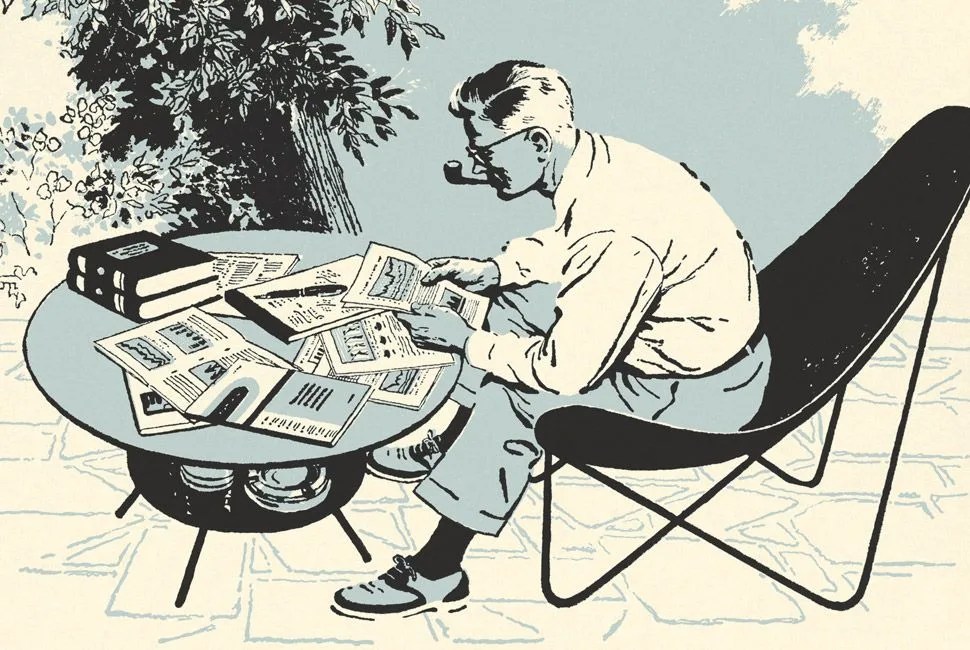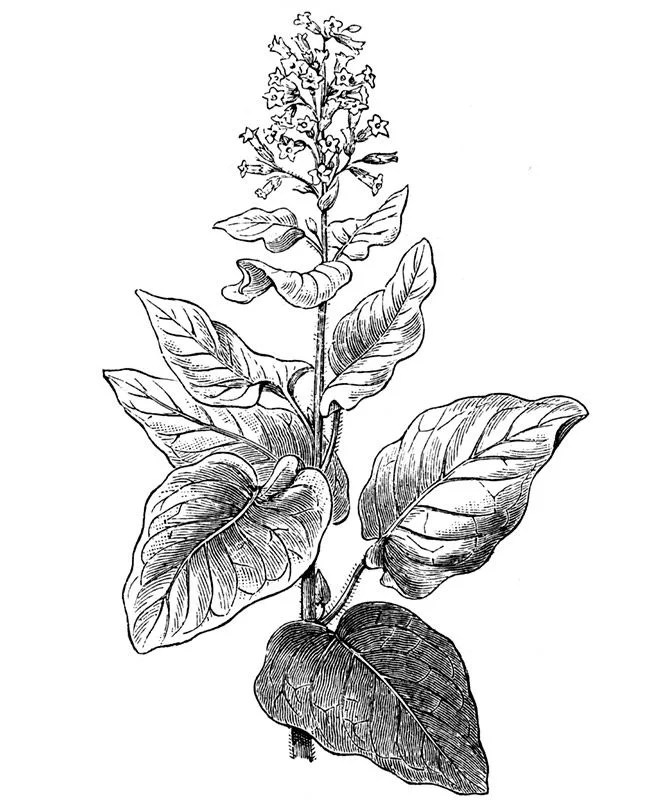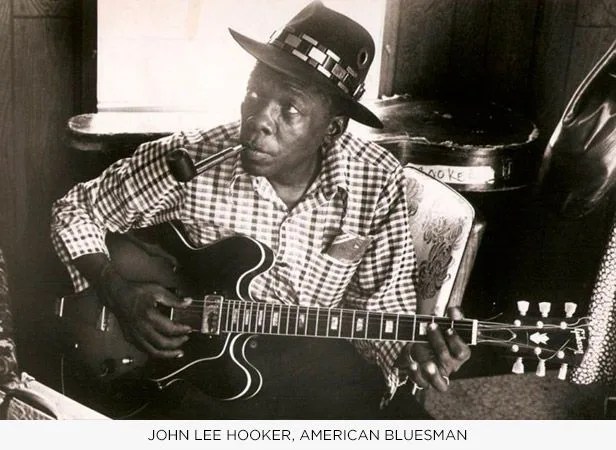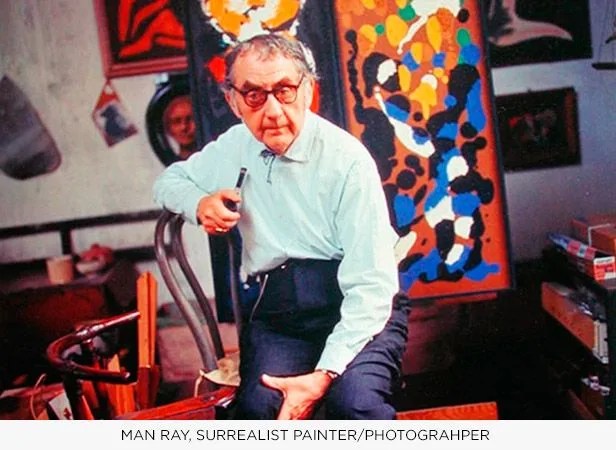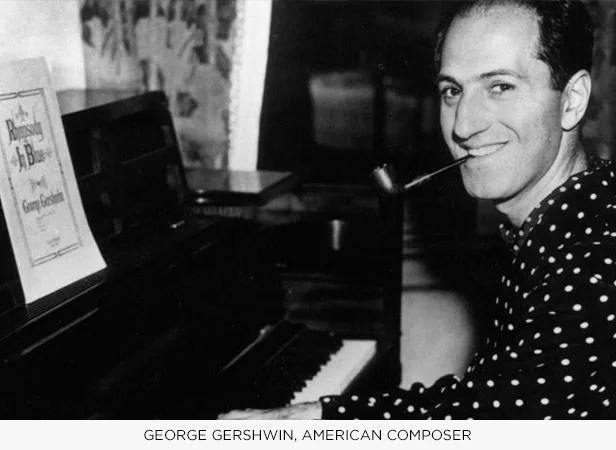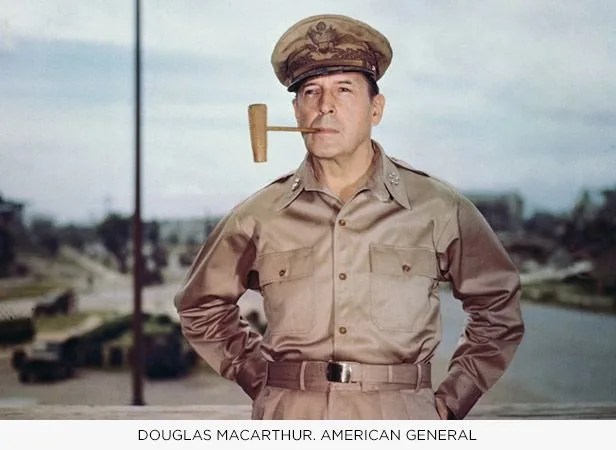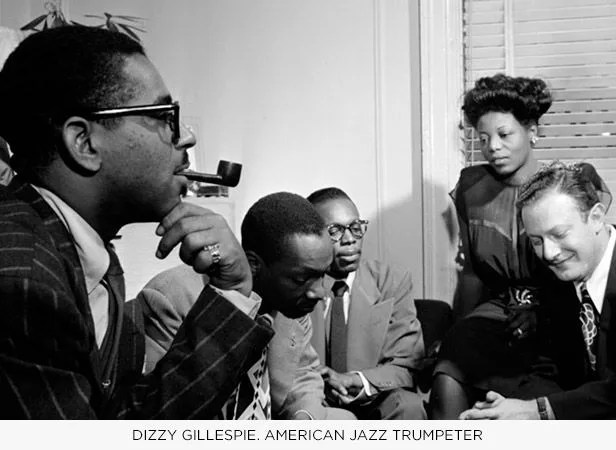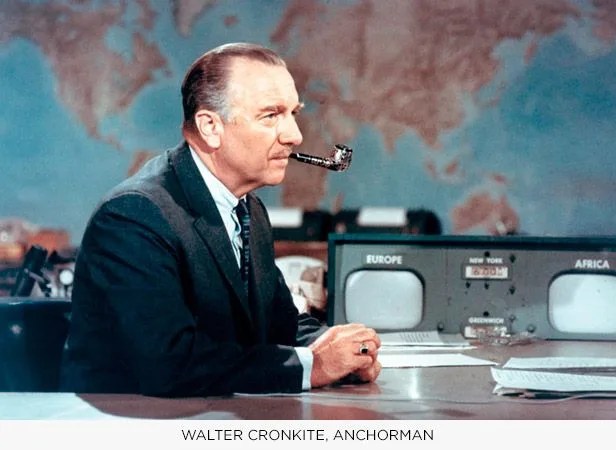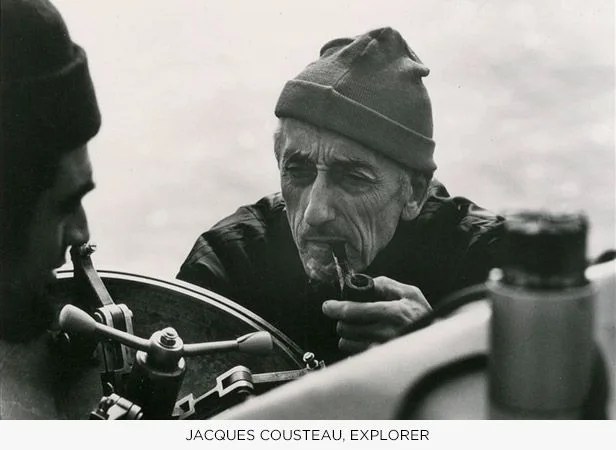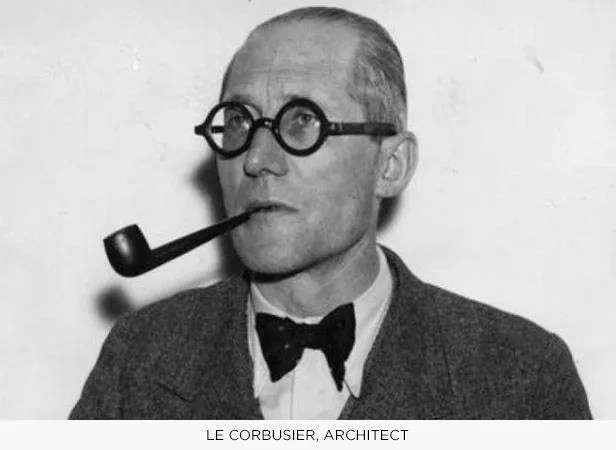There was a time and place for men’s accessories like dress hats, walking sticks and pocket watches. In modern America, there’s little place for these — modern style has, for the most part, moved on. Similarly, smoking a tobacco pipe seems antiquated, like something relegated to Ivy League profs who wear tweed jackets, drive Jaguar E-Types, read the works of Tolstoy, journal with fountain pens and drink port after every dinner. This isn’t you and me (though it sounds pretty good, actually). But tobacco pipe smoking is a pastime worth reinvigorating. Packing and smoking and maintaining a pipe is a wonderfully different kind of tobacco experience from cigarettes and cigars, one that’s equal parts detailed method and total relaxation. Here’s how to get started.
Why Smoke Tobacco in a Pipe?
Pipe smoking is about process and experience. It requires more skill to execute properly, and results in a taste markedly different from cigars. Another advantage — though it’s still considered smoking, legally speaking — is that it’s generally more socially acceptable than cigarettes or cigars since it’s deemed a more distinguished, old-school practice. Aromas tend to be more pleasing, and frankly it reminds of lot of people of their own fathers smoking pipes, a memory that triggers nostalgia.

Picking a Pipe, Tobacco and Accoutrements
Starting out, there is the temptation to go on the cheap, since you’re not committed just yet. But if pipe smoking isn’t done right, it’s not worth doing at all. Ditch the urge to buy a behind-the-counter corn cob pipe from your local drugstore; you’re not General Douglas MacArthur.
The best process is to go to your local tobacconist (pick a reputable cigar shop) to see their pipe selection for yourself. Feeling the pipes in your hand and taking a firsthand look at them will help you buy wisely (just don’t put it in your mouth). The tobacconist should be able to make good recommendations, as well. A briarwood pipe is a good way to begin; they come in all shapes and prices, plus they last long and impart good tastes and aromas if well cared for. Avoid pipes from the bargain basket, despite the fact that they’re probably a steal at $15 a pop. Keep in mind that they tend to be used steals.
